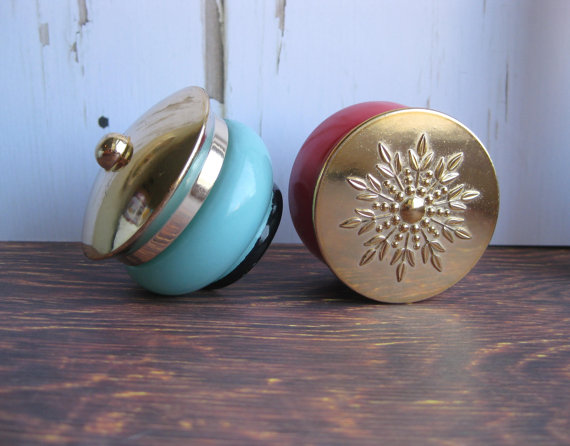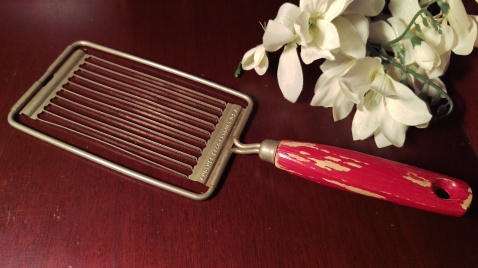If you’ve lived in the last century, you’ve probably used or collected something from Avon. I remember years ago when my mom sold it in the 1970s. She doesn’t sell it anymore, but it helped her get out as a young mother and meet other women while making some money. In my shop, I have this Avon pheasant below.

I seem to remember one just like this sitting on my dad’s dresser when I was growing up. Avon’s history is an interesting one. The Avon digital history archive is housed at the Hagley Library in Greenville, Delaware USA. According to the website, Avon is one of the earliest direct selling companies in America.

What their archives say is that it began in 1886. I don’t know about you, but I always thought it was started by a woman. I think I got that from the makeup and skincare all being geared toward women. But it was started by a man named David H. McConnell.

AvonCompany website says that McConnell was a partner in a book company, the Union Publishing Company, and he would sell perfumes with the books he sold. He realized after awhile that the women he sold to were way more interested in his perfume samples than his books. The samples were his own concoction that he started giving away to get his foot in the door.

The other thing he realized was that women were struggling to survive in an economy that did not allow them to work at anything more than domestic or manufacturing work. But he took a bet that many of them could sell.

In the beginning, the company was called the California Perfume Company. His first recruit was a woman from my home state of New Hampshire! Mrs. P.F.E. Albee had sold books for him while he was with Union Publishing so he knew she could sell. She helped him realize that the women didn’t have to travel to sell, either. They could sell to their own communities. The AvonCompany website goes on to say that McConnell also worked hard to give the company a family feel which in turn caused the ranks of representatives to grow to 5,000 in just 13 years.

Apparently, he was a good employer, too! He motivated his troops by providing a way for women to achieve financial independence in the way he structured the company. He had employee incentives and gave back to the communities Avon served. Their products were high quality and had a guarantee of satisfaction. They began their 3-week “campaigns” in 1932.

The Avon name came from Shakespeare’s home at Stratford-On-Avon. McConnell had visited and he noted how alike it was to his own home in New York. He created an Avon line within the California Perfume Company which consisted of a “toothbrush, cleanser, and vanity set” (Encyclopedia.com). When David McConnell, Jr. graduated from Princeton, he took over as Vice President of the company. His father died in 1937 and 2 years later, David, Jr. officially changed the name of the company to Avon. They are now a billion dollar company.

It’s had it’s ups and downs, but it is still around and in nearly 143 countries having broken into the European market in 1957 in the United Kingdom. Through the Depression of the 1930s, Recession in the 70’s, and other changes, Avon has continued to offer women the opportunity to become entrepreneurs.

I hope you learned a bit about an old American company that seems to have touched so many lives. I know I did. Do you have any memories of Avon? Let me know, I love hearing from all of you! I’ll be partying at the link parties on the right this week. Have a great week!


















































